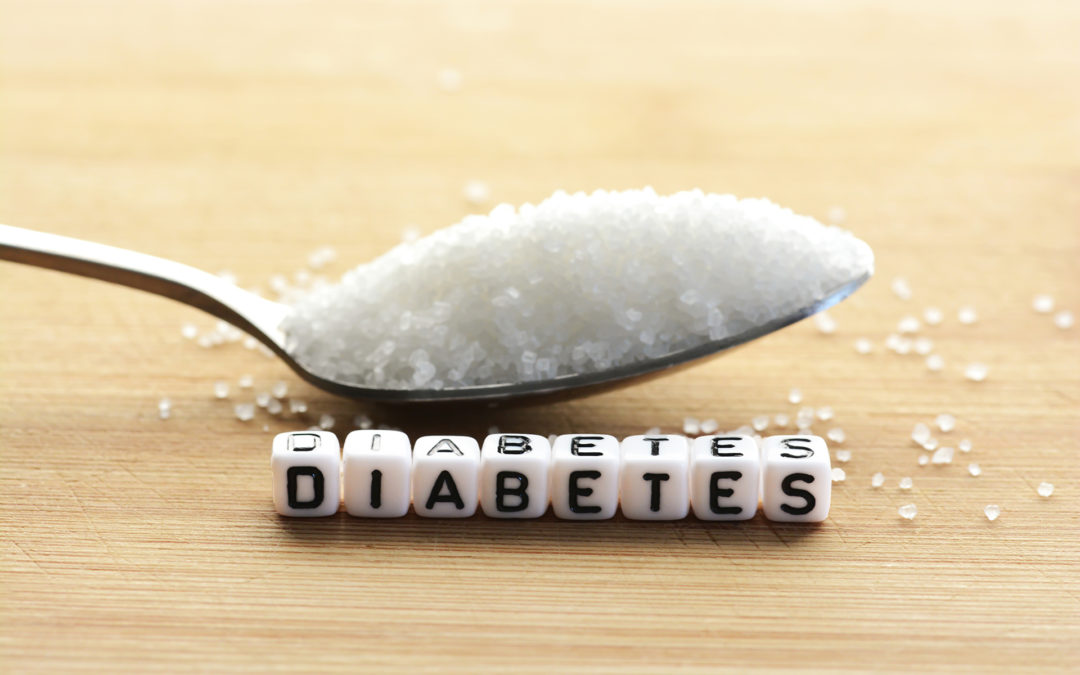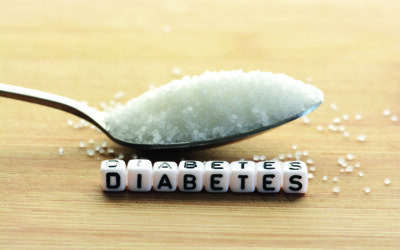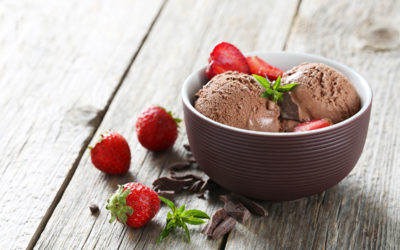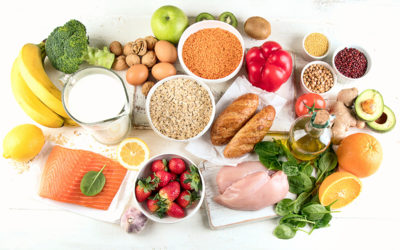Diabetes is a hot topic in the media at the moment. This is of no surprise, considering the rate at which people in the UK are being diagnosed every week. Our stressful, busy lives and easy access, quick fix, high-processed foods are a recipe for a Type 2 diabetes diagnosis.
Diabetes Type 1 and Type 2
Type 1 diabetes is often the result of a genetic predisposition being triggered by something in our environment. According to Diabetes UK, it is thought this trigger could be linked to a viral exposure of some kind. Type 1 means that our pancreas is unable to produce insulin. Insulin acts as a key that unlocks our cells to allow glucose from the foods we eat in, to be used as energy. When we have type 1 diabetes, our pancreas doesn’t make insulin so the cell’s ‘door key’ is effectively lost, meaning the glucose is unable to be used from our foods to give us energy. Type 1 is typically managed by the individual self-administering with prescribed insulin via an injection, or an insulin pen and not diet controlled.
Type 2 diabetes is triggered by an over consumption of glucose in the diet, resulting in an over production of insulin to keep up with the high concentration of sugars in the blood. The ‘cell door’ no longer responds when insulin is trying to unlock it to let the glucose in. Type 2 is largely preventable or manageable by lifestyle changes and, if caught in the early stages, can be reversed. Medication should not be needed. The right dietary adjustments and lifestyle guidance means this ongoing disease can be managed and reversed!
According to the UK government website, 3.8 million people are estimated to have diabetes, approximately 90% of diabetes cases are Type 2.
Prediabetes, diabetes and metabolic syndrome are all forms of insulin resistance, causing serious (but often preventable) side effects like fatigue, loss of vision, arterial damage and weight gain. Elevated blood sugar levels, maintained for an extended period of time, can push someone who is “prediabetic” into having full-blown diabetes.
Managing your blood sugar is key to reversing insulin resistance. Our blood sugar concentration increases every time we eat. The more refined carbohydrate-heavy the meal or snack, the higher the blood sugar content. If the sugars in our meal or snack haven’t been buffered by stabilizing elements such as fibre and protein, then high concentrations of glucose move through our blood into our cells. This short burst of energy burns out quickly causing us to feel tired and as though we are crashing. The ‘3 o’clock dip’ is a classic example of our blood sugars rising after a high carb lunch and then dropping around mid-afternoon, causing us to reach for something sweet or a cup of tea or coffee for a ‘pick me up’.
Eating a protein source, and including fibre with every meal and snack, enables a buffer to combine with the glucose, releasing the sugars more slowly. The big rush of fast burning energy becomes slower and more sustainable, reducing the demands on our pancreas to release high amounts of insulin to accommodate an overload of sugars. Our energy will become more stable and before long the ‘3pm dip’ will either completely fade away or become less and less frequent.
Top tips to balancing your blood sugar
An effective ‘diabetes diet’ is basically a healthy, well balanced diet. One that we could all follow to achieve optimum health.
Eat a balanced diet
A balanced diet means avoiding processed foods and eating:
- A variety of colourful vegetables
- Healthy, unsaturated fats ¬– avocado, olive oil, oily fish
- Protein – fish, lean meat, eggs, nuts, beans, legumes
- Complex carbs, full of fibre – vegetables, oats, beans, brown/black and red rice, legumes, sweet potato, fruits, nuts, beans, whole grains, whole wheat bread
- Fruit – low sugar fruits such as apples and berries are ideal. Tropical fruits and banana are high in sugar, so less is more when enjoying these fruits
Complex carbohydrates are key to long-term health. They make it easier to maintain your weight, and can even help guard against Type 2 diabetes and cardiovascular problems in the future.
Fibre
The type of fibre that exerts the most beneficial effects on blood sugar control is the soluble form – capable of slowing down the digestion and absorption of carbohydrates, thereby preventing rapid rises in blood sugar. It is also associated with increasing the sensitivity of tissues to insulin and improving the uptake of glucose by the muscles in the liver, and other tissues, thereby preventing a sustained elevation of blood sugar.
Nuts
According to diabetes.co.uk, nuts are particularly helpful in reducing the risk of Type 2 diabetes; studies have shown that consumption of nuts can reduce your risk. In addition to providing beneficial monounsaturated and polyunsaturated fats that improve insulin sensitivity, nuts are also rich in fibre and magnesium.
Foods with a low glycaemic index (GI) raise blood glucose levels slowly, and nuts are a good example. Foods with a low glycemic index have been associated with reduced risk of Type 2 diabetes in several population- based studies.
Fats
Dietary fat plays a central role in the likelihood of developing Type 2 diabetes. However, more important than the amount of fat is the type of fat. The dietary fat profile linked to Type 2 diabetes is an abundance of saturated fat (mostly found in animal sources) and trans-fatty acids (mostly found in hydrogenated vegetable oils), along with relative insufficiency of monounsaturated and omega 3 fatty acids.
Get regular exercise
Swimming, yoga, walking, dancing ¬– however you enjoy moving is fantastic!
We all need to be aiming for at least 30 minutes of exercise every day:
- If you are able to walk and move your whole body, don’t just sit all day. Stand up every hour and take a walk around
- If you are unable to move the lower part of your body, then some upper body chair exercises are a great way to move
- If the upper body is not so easy to manoeuvre, then raising your legs and moving your feet can be of benefit
Reducing and managing stress
When we are stressed a hormone named cortisol is released. Cortisol can interfere with the way that insulin is used, having an effect on blood sugar balance. Knowing our main stressors and reducing them by making small changes to our day, or doing something relaxing and enjoyable, can help balance our blood sugar and cortisol levels.
Having regular sleep patterns and a good quality sleep is also of great benefit when looking to improve blood sugars.
Carbohydrates and sweeteners
Whilst it is important to eat fibre rich complex carbs in small amounts, refined, white and simple carbs are the ones to avoid when looking after your blood sugar balance.
When choosing a replacement sweetener, it is best to use something more natural such as stevia or xylitol. Artificial sweeteners contain aspartame, which has been proven to be neurotoxic – meaning that over use could contribute to neurological damage and not support the overall health of our system.




